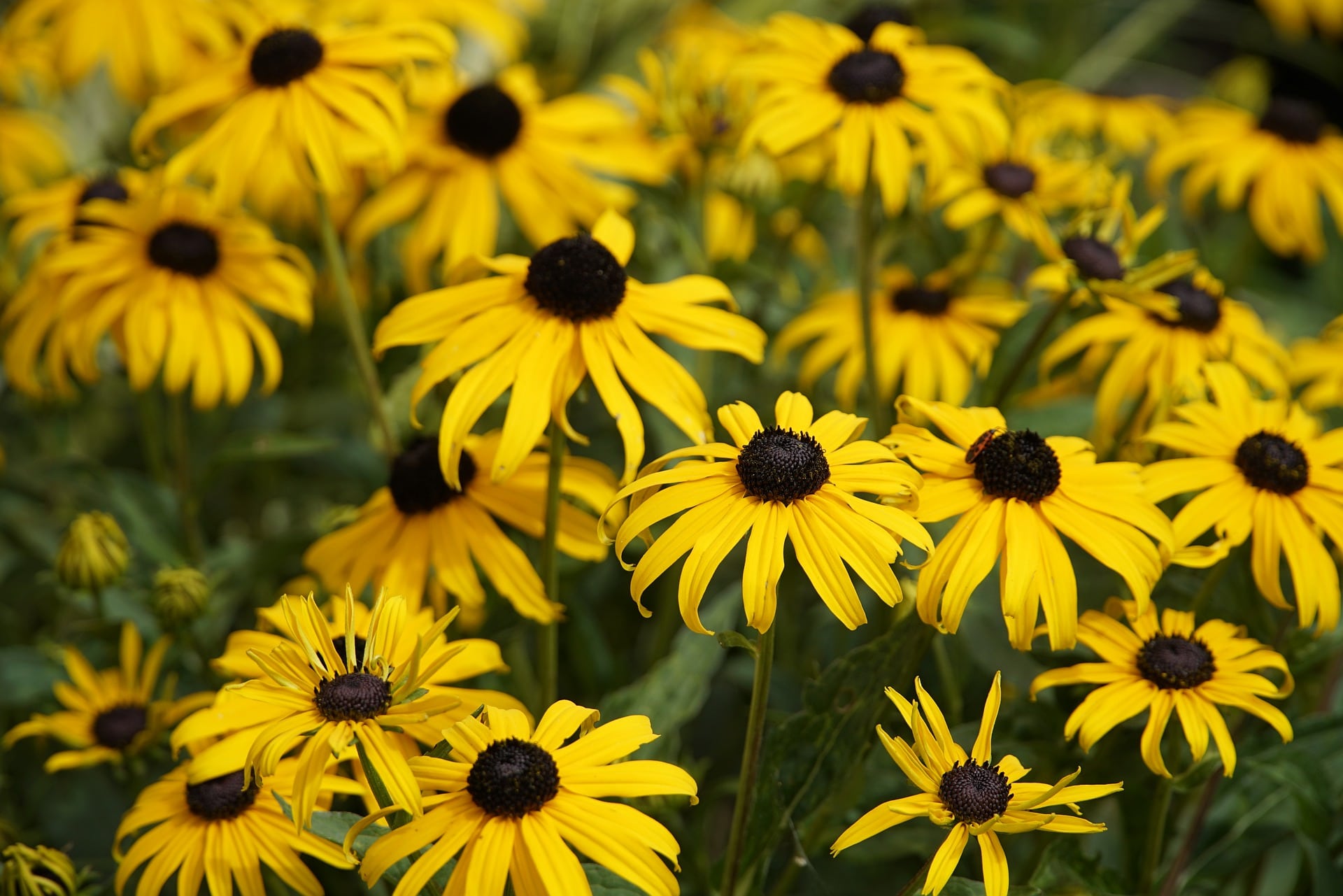Echinacea (also called as the coneflower) is a perfect addition to your garden. If you’re wondering how to harvest Echinacea, this article outlines the ins and outs of successfully planting and harvesting coneflowers.
Sowing or Transplanting
You can either transplant Echinacea or sow them directly to the garden bed. If you prefer to start from seeds, you can initially grow them indoors for six to eight weeks before the last frost in your area, or you can sow them into the ground during fall or winter. However, remember that it may take two years to see your plants bloom.

Fortunately, you can find Echinacea in almost any local garden store. It’s cheaper compared to other types of garden flowers, but it’s just as beautiful.
Transplanting and Germination
Most coneflower seeds may need cold stratification for about a month to successfully produce flowers. Cold stratification is the process of placing your seeds in cold conditions to encourage germination.
However, Echinacea often takes a while to germinate, so you can’t expect results overnight. Your seeds will start to sprout in about 20 days.
Sow your seeds at an inch deep with a soil temperature of around 68 degrees F and make sure the soil is moist but not wet. Once the seedlings are three inches tall, thin them down and harden them before transplanting into your garden, only transfer your plants when the last frost has passed, and the soil temperature is at least 60 degrees F.
Sun and Soil Needs
Echinacea thrives best in neutral pH soil (6.0 to 7.0). You can also add fresh compost right before you sow the seeds. Coneflowers are very easy to grow. In fact, they can even survive in dry, rocky soil. But as with other types of plants, Echinacea grows best in well-drained and fertile soil.
Caring for Echinacea
Even though Echinacea is low-maintenance, this garden flower still needs a bit of TLC. Here’s what you should know about taking care of coneflowers:
Temperature
These plants can grow even in extreme heat. However, if you live in places with really hot summers, it’s better to plant your Echinacea in partially shaded areas.
Pruning
If some of your flowers are drooping and watering doesn’t do the trick, it may be best to prune limp and dead flowers. In this way, more flowers will bloom, and you’ll avoid the aggressive spreading of wilting or any diseases.
Watering
Coneflowers are one of a handful of garden plants that can tolerate drought. But for the best results, they still need to be watered regularly. If you live in rainy areas, you might not need to water Echinacea as much as you should during hot, dry summer seasons.
Fertilizing
Placing compost around the base of your coneflowers encourages healthy plant growth. You can add fertilizer around your plants at least twice during the first growing season.
Harvesting Echinacea
The best way to harvest Echinacea flowers for decorating is by cutting stems. As you frequently cut and harvest, your plants will bloom all season.
If you’re planning to use it for tea, harvest the growing leaves by cutting a handful from each plant. You can make tea using fresh leaves, or you can dry them and store them in your pantry.
If you want to harvest the roots, you can gently dig around the drip line of your coneflower and carefully take the plant out of the soil. Cut the roots free – you can take a portion of the roots and place the plant back into the ground.
Why Grow Echinacea in a Greenhouse?
While Echinacea is lovely to look at in any outdoor garden, there are several reasons why you should plant them inside a greenhouse, such as:
Protect your flowers from pests and diseases
Leaf miners, Japanese beetles, vine weevils, aphids, eriophyid mites, and sweet potato whiteflies are some of the harmful pests that can damage your Echinacea plants. These pests can also bring diseases like powdery mildew, gray mold, aster yellows, stem rot, and bacterial spots. Keeping your plants inside a sealed yet well-ventilated greenhouse keeps them safe from pests and diseases.
Keep your coneflowers safe from inclement weather
Storms, hail, and blizzards can wipe out your garden in an instant. By placing them inside a greenhouse, it’ll be easier for gardeners like you to grow plants under unpredictable climates.
Great for people without garden space
If you want to grow fresh produce or flowers like Echinacea, but you have limited space, a mini greenhouse is a great alternative. Thanks to its compact size, you can place a mini greenhouse on balconies, patios, decks, and sometimes even on tabletops.
Start planting earlier than usual
With a mini greenhouse, you can start planting coneflowers even before the cold season begins. As soon as the danger of frost has passed, you can plant your Echinacea into your garden.
Final Thoughts on How to Harvest Echinacea
Once you know how to harvest Echinacea, you’ll be able to grow them in your backyard or mini greenhouse. Echinacea has medicinal properties, you can use the leaves to make tea, and you can use fresh flowers to decorate your home. With the benefits and uses that come with coneflowers, there’s no reason why you shouldn’t plant them.
